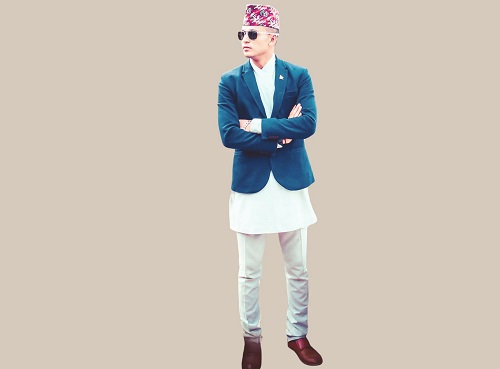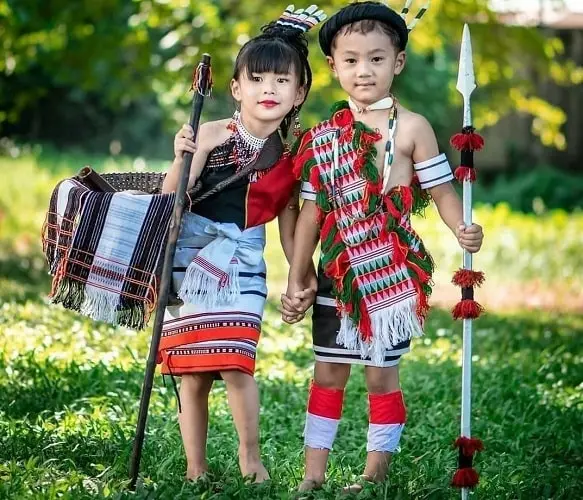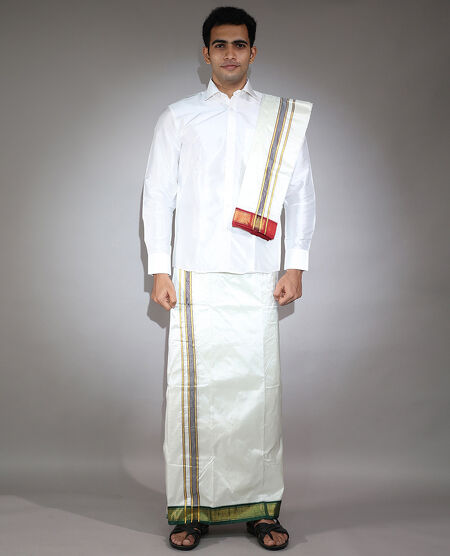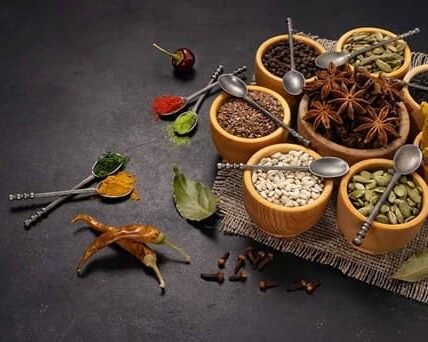The northeastern Indian state of Arunachal Pradesh is renowned for its rich cultural legacy and variety of ethnic groupings. With more than 26 tribes and 100 sub-tribes, Arunachal Pradesh is a diverse state. Individuals in this state adore their traditional clothing and are delighted to wear it on any occasion.
Shawls, skirts and wraps are part of the Arunachal Pradesh traditional clothing. Despite sharing a common ethnicity, the tribes’ attire varies depending on location. According to legend, people from Arunachal Pradesh are born weavers. There are various indigenous tribes within the state, and each has its rituals, traditions, and clothes.
In terms of attire, Arunachal Pradesh restricts cultural variety. They mostly adopted their forebears’ fashion sense for their attire. In Arunachal Pradesh, the handloom industry is growing. Both men’s and women’s traditional attire in Arunachal Pradesh reflects the region’s dynamic and diversified cultural character.
Let’s explore the traditional attire of Arunachal Pradesh for men and women.
Arunachal Pradesh Traditional Dress for Male
Daura-Suruwal: In Arunachal Pradesh, the Nepali community wears the Daura-Suruwal as their traditional clothing. It comprises a loose-fitting pair of pants called the Suruwal and a knee-length Daura shirt. The Suruwal is secured at the waist with a cotton belt, whilst the Daura has distinctive cross-collar patterns.

Galuk: The Adi tribe of Arunachal Pradesh wears the Galuk as their traditional clothing. It consists of a handwoven cotton jacket-like item with no sleeves that can be put over a white shirt. The Galuk is decorated with elaborate patterns and decorations that depict the Adi tribe’s cultural traditions.
Galey: The Monpa tribe’s traditional attire is known as the galey. It is a woollen, sleeveless robe that is often maroon or dark blue. The Galey is usually embellished with vibrant threads and designs and secured at the waist with a belt.
Jikhum: The Apatani tribe’s traditional clothing is known as the Jikhum. It consists of loose-fitting pants and a cotton jacket with no sleeves that were handwoven. The jacket has been embroidered with colourful designs and motifs, exhibiting the Apatani people’s superb artistry.
Arunachal Pradesh Traditional Dress for Female
Meybu: The Meybu is the women of the Monpa’s traditional attire. It comprises a handwoven, sleeveless gown in dark blue, maroon, or black hues. The Meybu displays beautiful needlework and graphic motifs representing the Monpa tribe’s cultural history.
Mekhela-Chador: The Adi and Galo tribes wear the Mekhela-Chador as their traditional clothing. It consists of a long piece of cloth, referred to as the Chador, worn around the shoulders along with a pleated skirt, referred to as the Mekhela. The Mekhela-Chador is embellished with vibrant patterns and motifs that showcase the tribal artists’ talents.
Yomdo: The Apatani ladies wear the Yomdo as part of their traditional dress. There is a sleeveless dress with beautiful geometric patterns constructed from handwoven cotton fabric. The Yomdo is typically red or blue, plus silver jewellery, including earrings, necklaces, and bracelets, completes the look.
Biyam: The Wancho tribe’s traditional clothing is known as the biyam. It comprises a blouse, a shawl, and a long skirt crafted from handwoven cotton fabric. The shawl lends elegance to the outfit, whilst the skirt is decorated with colourful motifs and patterns.
Arunachal Pradesh Wedding Gown
Weddings in Arunachal Pradesh vary depending on the ethnicity. In these tribes, women are highly excited when it comes to marriage. The Baku outfit is what the bride wears in Arunachal Pradesh. The bride looks hourglass-shaped in this loose-fitting, beautiful silk blouse belted at the waist.
Arunachal Pradesh Bridegroom Dress
In Arunachal, the bridegroom typically wears a long cloak and natural jewellery made of stones. They use yak skin skull caps covering the top of the head.
Accessories
Coloured bird feathers, wild heads, glass beads, beads, and beetle’s green wings are among the materials utilized in jewellery. Jewellery such as earrings and bangles are also made from bamboo.
The inhabitants of tribes only wear locally produced organic jewellery. The raw materials include goat hair, tree bark, and human hair. These popular colours are dark blue, green, yellow, black, etc. Natural dyes obtained from bark, trees, seeds and flowers are the source of these hues.
The eccentric, colourful attire takes its cues from geometric designs. Their costumes also have floral patterns. Another prevalent motif is stripes. The discipline of their way of life is symbolized by the straight lines within Arunachal Pradesh’s clothing.
Shapely pointed triangles represent the motifs of arrows and hornbills. The tiny red squares represent the ferment that is utilized to make beer.
Conclusion
The traditional clothing of Arunachal Pradesh is a reflection of the people’s creativity, and connection to nature as well as their cultural identity. The area’s rich tradition has been preserved through the generations’ passing down of this clothing. The individuals of Arunachal Pradesh honour their ancestors and celebrate their ancestry by donning this traditional garb on important occasions and during festivals.

Santosh Kumar is an editor at unfoldstuffs.com and a professional content writer. With years of experience he is passionate for creating engaging, informative and impactful topics.









